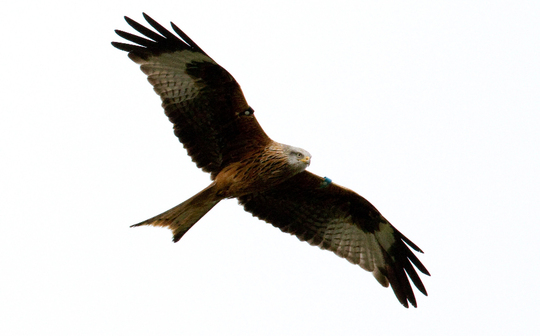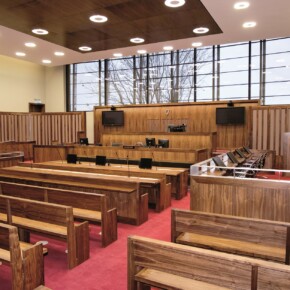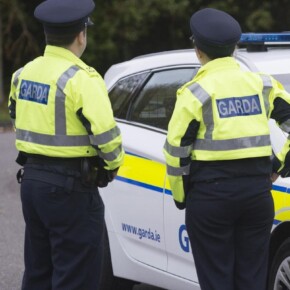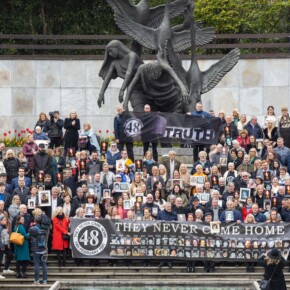Red kite poisoning fears in Lusk
Dublin People 27 Nov 2011
IT’S believed that rare birds of prey found dead in
Lusk earlier this month were poisoned.
The three red kites were among 39 of the species
reintroduced into the area just four months ago as part of a release programme
managed by the Golden Eagle Trust.
A full post mortem examination of the distinctive
birds is currently being carried out at the State Veterinary Laboratories in
Celbridge to determine the cause of death.
However, these results are not expected for a number
of weeks, as the birds need to be tested for traces of hundreds of potential
chemicals and poisons.
Niall Hatch of wildlife conservation charity Birdwatch
Ireland said he
“strongly suspects
? that the magnificent birds were poisoned
due to the close proximity in which they were found.
Two of the dead birds were found together in one
location while the third was positioned a short distance away.
“I wouldn’t be surprised if the birds were
deliberately poisoned out of ignorance or out of some perverse fun,
? Mr Hatch
told Northside People.
“Some people can be quite ignorant and think that
these birds pose a threat when in fact they are a benefit.
“There is a lack of education out there in relation to
birdlife.
?
The discovery of the red kites in Lusk comes just
weeks after it was confirmed that one of the birds had egested a banned,
poisonous substance in County Wicklow in early November.
Red kites were exterminated in Ireland in the 16th century
as they were seen as pests.
It is a distinctive bird, which can be identified by
its red colouring, large wing span measuring one and a half metres and a deeply
forked tail.
While red kites are categorised as birds of prey they
are only known to feed on small rodents such as rats and mice.
Sadly, the red kite re-introduction programme, which
began in 2007, has been hampered only by the death of the birds through poison
– illegal and secondary poisoning from the legal use of rat poison
(rodenticides).
The discovery of the dead red kites in Lusk is one of
the many bird of prey incidents recorded by Birdwatch Ireland this year.
This is despite changes to the poisoning legislation
last year, which afforded greater protection to birds of prey as poisoned meat
baits being totally outlawed.
John Lusby, Raptor Conservation Officer with Birdwatch
Ireland, said it would be
“incredibly disheartening
? if it was confirmed that
the red kites which were discovered in Lusk died as a result of poisoning.
“We have witnessed some horrific illegal poisonings of
birds of prey in recent months,
? he stated.
“Despite the well-publicised changes to the law,
poisons continue to have a devastating effect on local populations of species
such as Buzzard, Peregrine and Sparrowhawk, as well as on our countryside in
general.
“The problem occurs when birds of prey such as Barn
Owls feed on contaminated rodents which have ingested rat poison.
“The compounds used in certain rat poisons nowadays
are extremely toxic and accumulate within a bird, which has fed on a poisoned
rodent.
?
Mr Lusby added:
“Alternative methods of control can be
successful with dealing with rats and mice, and in situations where the use of
rat poison is necessary, choosing less harmful compounds would reduce the risk
of secondary poisoning to birds of prey.
?











